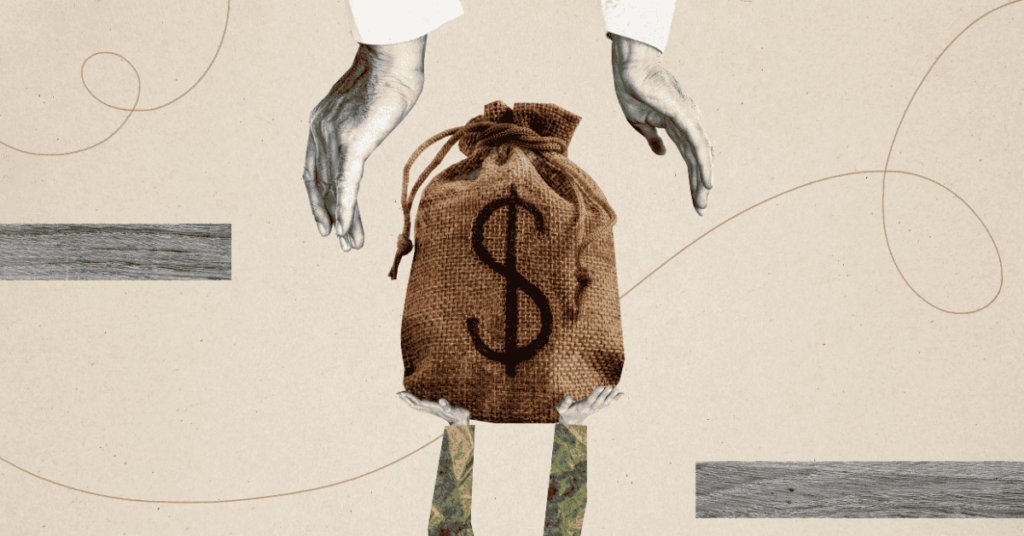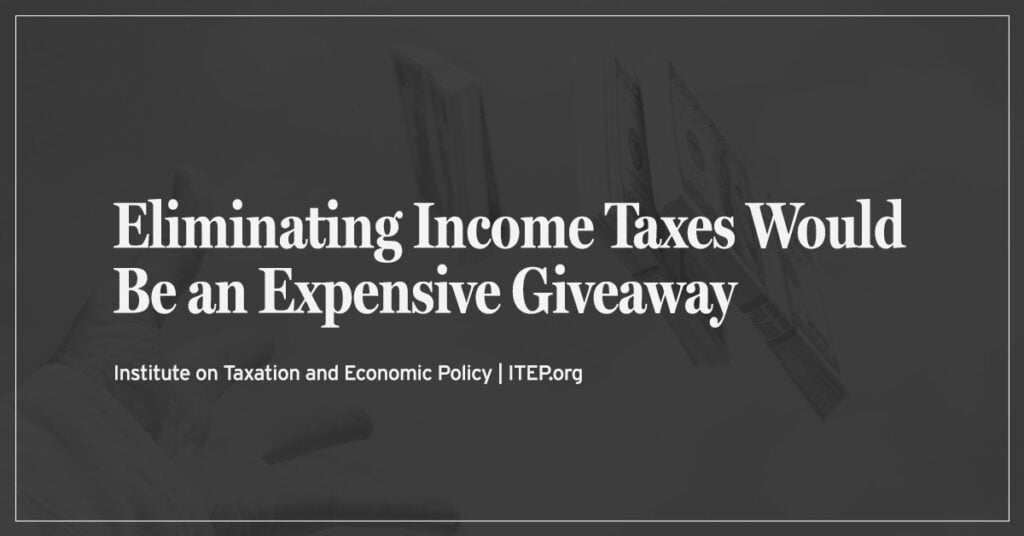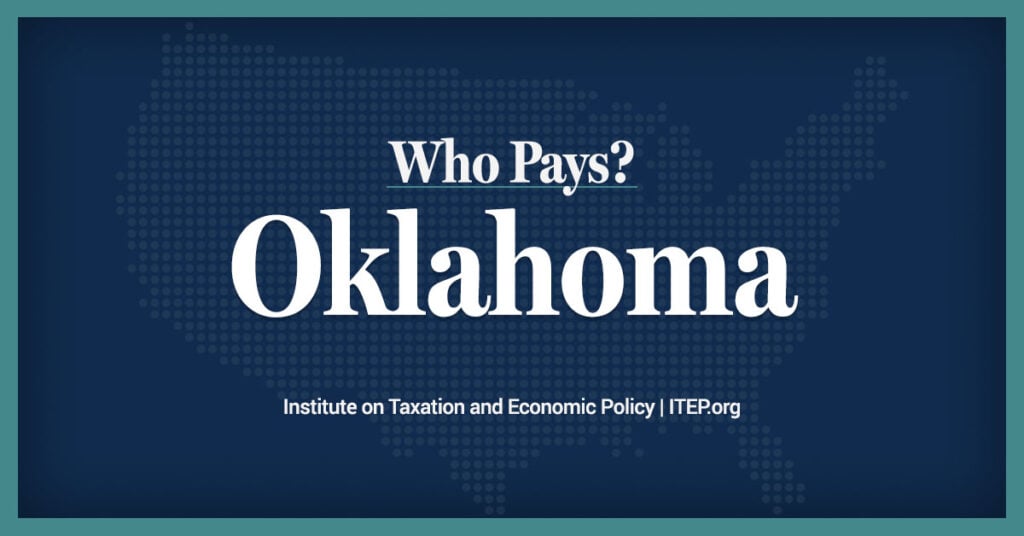BY WAYNE GREENE World Senior Writer
Sunday, February 03, 2013
2/3/2013 6:10:41 AM
In the debate over state personal income tax rates this year, look for Gov. Mary Fallin to adopt the KISS method – Keep It Simple, Senator.
Last year, her proposal seemed like it had more moving parts than a whirligig factory.
She wanted to compress the state’s seven tax brackets into three, bring the top 5.25 percent rate down to 3.5 percent and whack a long list of exemptions and credits with the promise that the state would end up with as much money as it ever had.
Meanwhile, Fallin was also talking about a plan to eliminate the income tax altogether by building in a series of quarter-point rate cuts to go into effect every time state revenue went up by more than 5 percent.
It all read like one of those hated story problems from junior high math – hard to follow and easy to get wrong.
In its complexity, Fallin’s plan gave its opponents time to strike back.
It also left room for dissent in the ranks.
The Republican-controlled Senate bought into the part about eliminating exemptions. The Republican-controlled House bought into the part about eliminating the tax.
Both sides dug in, and neither won.
The tax rates, brackets, exemptions and laws stayed exactly where they started.
To avoid a similar scenario this year, Fallin is talking about a new plan that is simplicity itself.
At a pre-session media briefing sponsored by the Associated Press last month, Fallin said she would be asking legislators for a one-time reduction in the state’s top personal income tax rate.
No more juggling exemptions and deductions to try to keep state revenue level.
No more long-term rate triggers aimed at a tax-free future.
Let’s just cut the rate once and forever and move on, she says.
The only remaining mystery is: How much?
Given the rocky problems Kansas has had with its experiment with a massive rate cut and the unpredictable impact of the continuing federal fiscal wars in Congress, there’s reason to think Fallin might be cautious on that account, but we can all wait to hear what she has in mind on Monday, the first day of the legislative session.
The simplicity of Fallin’s approach complicates things for those who will try to frustrate her again.
Look for them to lean heavily on a report that came out last week from the left-leaning Institute on Taxation and Economic Policy.
“Who Pays?: A Distributional Analysis of the Tax Systems in All 50 States” shows that Oklahoma’s tax system is regressive and became more so the last time personal income tax rates went down.
The report finds that the poorest 20 percent of Oklahoma working-age taxpayers pay 10.3 percent of their income in taxes. That calculation includes not just income taxes, but all the taxes paid by Oklahoma families.
The middle 20 percent pay about 9.3 percent of their income in state taxes.
The top 1 percent pay 4.6 percent.
Considered by itself, Oklahoma’s personal income tax is relatively progressive, the report shows. Generally speaking, the more you earn, the more you pay, but the state’s sales, excise and property taxes turn the system on end. The poorer you are, the harder Oklahoma’s state taxes hit you.
The most recent cut in the state income tax rate – a 0.25 percent reduction was passed in 2006 but didn’t go into effect until 2012 – made the system more regressive, the report shows.
The top 1 percent of Oklahoma taxpayers got 25 percent of the cut’s benefits. The bottom 60 percent got 9 percent.
That and other arguments might win the day, but it’s pretty clear that it’s the other side that will be bearing the burden of making its case with complicated math this year.
Which last year’s experience suggests is a strategy that’s hard to kiss up to.





